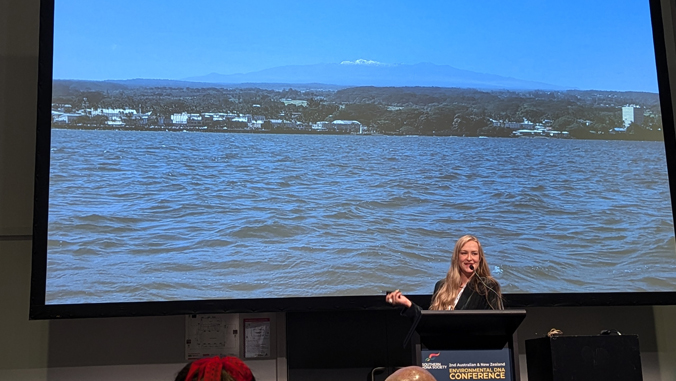With Curtailed Carbon Emissions, Corals Can Survive Climate Change

Humpbacks Wield and Manufacture Tools
August 20, 2024
Accepting Applications: University of Hawaiʻi at Mānoa (UHM) SOEST Dean
September 26, 2024With Curtailed Carbon Emissions, Corals Can Survive Climate Change

The eight species of coral in the study are the most common coral species found in Hawai'i, and they make up 95% of the coral cover on Hawaiian reefs. Clockwise, from upper left to lower right: Pocillopora meandrina, Pocillopora acuta, Porites lobata, Porites evermanni, Porites compressa, Montipora flabellata, Montipora patula, and Montipora capitata
By Maria Frostic
Kāne‘ohe, HI- September 21- In a study published today in Proceedings of the Royal Society B, researchers at the UH Hawaiʻi Institute of Marine Biology (HIMB) Toonen-Bowen “ToBo” Lab have identified scenarios under which eight of the most common species of coral found in Hawaiʻi can adapt to and survive ocean warming and acidification. The corals in the study are prevalent throughout the Indo Pacific, a region that comprises more than two-thirds of the coral reefs on planet Earth, and were found to be capable of surviving a “low climate change scenario,” where laboratory conditions reflect a global reduction in carbon dioxide emissions. Critically, none of the species in the study could withstand a “business-as-usual” carbon dioxide emissions scenario.
This finding suggests that curtailing carbon dioxide emissions is essential for the survival of coral reefs. “This study shows that widespread and diverse coral species all exhibit the potential to adapt to the changing climate, but climate change mitigation is essential for them to have a chance at adaptation,” explains HIMB post-doctoral researcher and lead author of the study, Christopher Jury. “None of the coral species are likely to keep up with a high rate of climate change, but all eight can likely keep up with a low rate of change as targeted under the Paris Climate Agreement.”
See the full article here!




